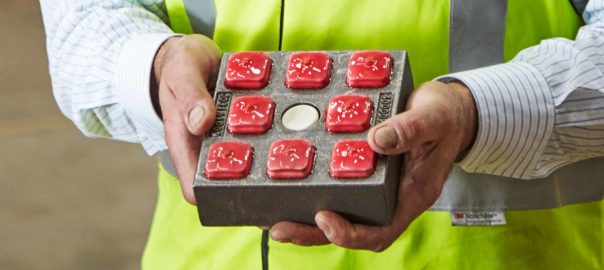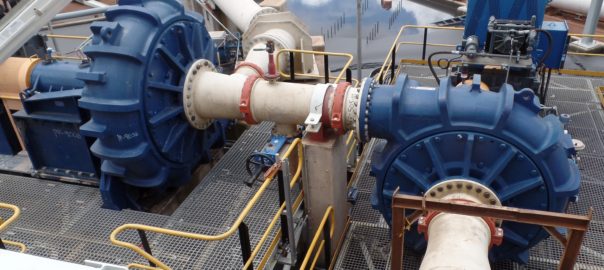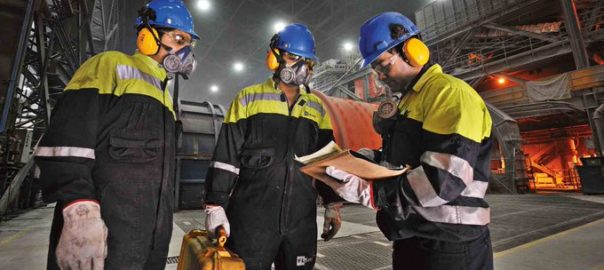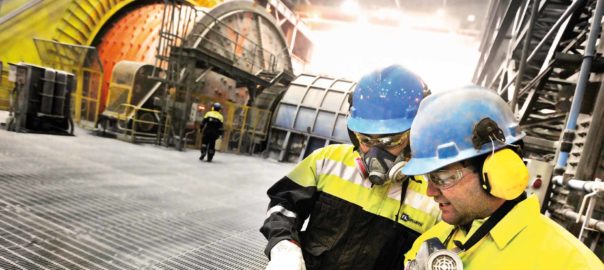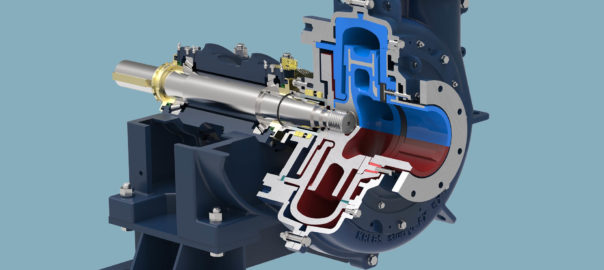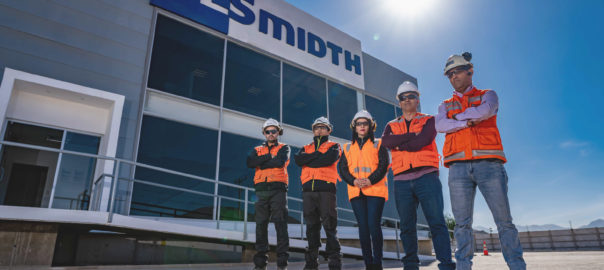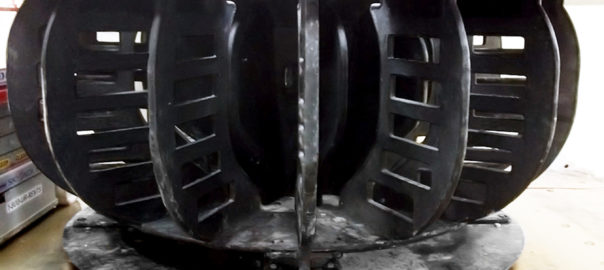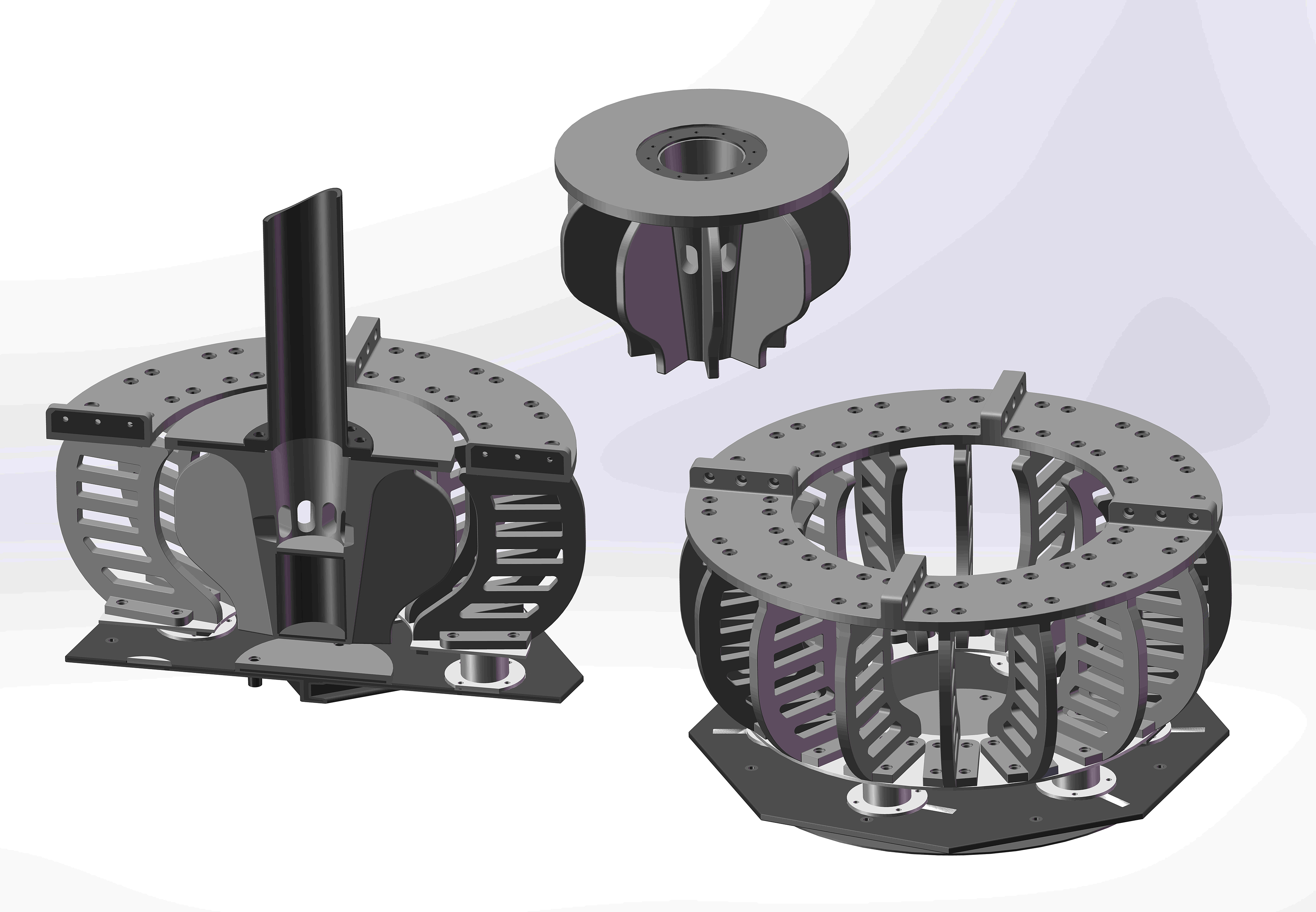With process plant optimisation techniques becoming a necessity for mines looking to maximise their operating performance by keeping costs low, throughput high and downtime to a minimum, FLSmidth has devised an automated monitoring and control solution for reducing cyclone-related process deviations.
The SmartCyclone™ system delivers in all three areas for cyclone circuits, according to the company, improving cyclone overflow particle size distribution, predicting and controling cyclone maintenance schedules, and optimising closed-circuit grinding processes.
FLSmidth said: “This equates to monitoring the performance of individual cyclones within a circuit in real time, preventing unplanned breakdowns from occurring and monitoring wear rates while ensuring the cyclones are operating optimally at all times. This translates into higher efficiencies in the plant and ultimately, higher profitability.”
The SmartCyclone closed circuit grinding optimisation system combines a variety of FLSmidth patented technologies, including the FLSmidth Krebs SmartCyclone wear detection sensor technology and the Krebs’ patented roping sensor technology (with patent-pending wireless controller system). This technology immediately identifies if a cyclone is malfunctioning, the company said.
The closed circuit grinding optimisation system also incorporates FLSmidth’s ECS/ProcessExpert® process control software with a new patent-pending SmartWear™ cyclone maintenance algorithm.
One of the largest benefits associated with this software is the ability to develop a uniform operation strategy that outlines the best way to run the plant, according to FLSmidth. “Once this strategy has been established, the necessity to train new operators is reduced.”
Reducing or eliminating manual operation, which decreases the potential for human error, is also one of the overarching benefits of SmartCyclone, the company says.
FLSmidth has more recently enhanced its Krebs SmartCyclone system with wireless technology that
enhances installation by eliminating the need for individual nodes and the interconnecting cables between the sensors and nodes and associated controllers.
It uses a central wireless controller that can handle up to 16 sensors per unit; providing real-time wireless detection and communication of roping and/or wear data. The new wireless controller unit is a handheld device that can be removed from its docking/charging station to sync the individual sensors. Once removed, it goes into battery-power mode and the user can walk to a desired sensor, activate it with a magnet, trigger and set the necessary operating parameters.








